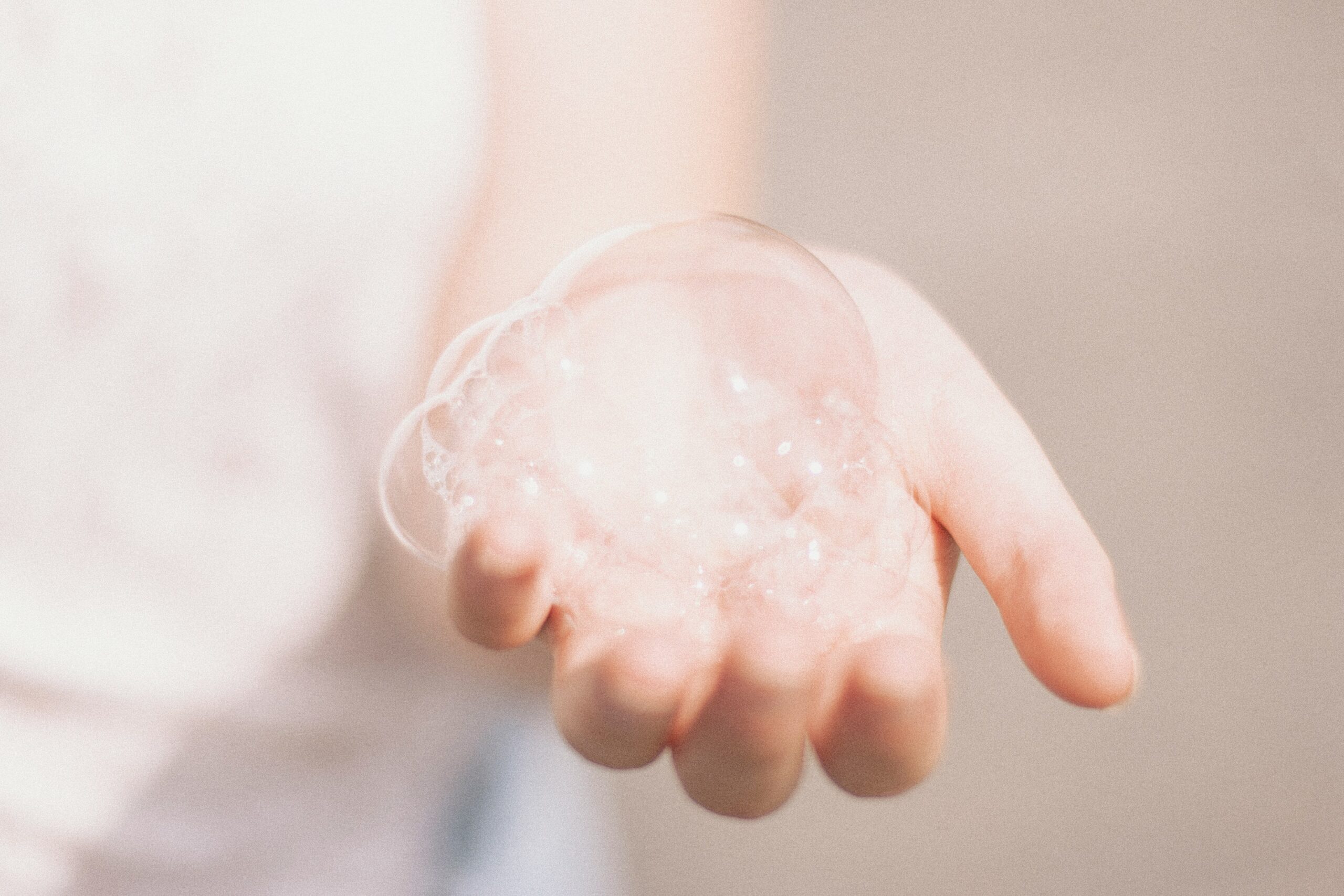Blog
What the F is in our products – how marketing is hurting your head

After finding an honest and natural hair brand that has absolutely no nasties – my hair has never looked better. Despite the transition it had to go through, including detoxing from damaging ingredients, meant all my scalp and hair problems have dwindled away. You may be asking, but how? Because every hair company prides themselves on looking after hair? Not true in the slightest. It is all marketing honey. Let’s unpack it…
Being transparent, I was none the wiser in how products affected my hair, until I worked on the relaunch of the A’kin range. Then I realised a lot of products labelled ‘healthy for hair’ were in fact not, despite looking appealing. The ingredients list of many mass market products is filled with ‘crap’ [a bunch of damaging chemicals] – including manmade ingredients formulated to give the illusion of healthy hair, when in fact it has lasting negative effects.
Now I am no ingredient genius, but here’s what I know:
- ‘Sulphates’ are the ingredients that create the luxe bubbles that we associate with cleaning. They are cleaning, but they also damage the hair, and can strip the scalp of natural oils. The sulphates most found are sodium lauryl sulphate (SLS) and sodium laureth sulphate (SLES).
- ‘Parabens’ are used as preservatives in pharmaceutical and cosmetic products, that prevent bacteria from growing; to increase shelf life – this ingredient can be a hormone disrupter depending on the paraben, and can irritate the scalp. Parabens look like methylparaben, propylparaben, butylparaben, and ethylparaben.
- ‘Silicones’ are included to make your hair look and feel silky smooth; but in fact, they can build up on the follicles and prevent moisture of the natural hair. Keep an eye on dimethicones, cyclomethicone, amodimethicone, and cyclopentasiloxane.
- ‘Alcohol’ is a damaging ingredient that promotes quick absorption of the ingredients, but also means it dries your scalp out. One example is ‘rubbing alcohol’ found in cosmetics as SD alcohol, ethanol or ethyl, isopropyl and methanol. An alternative is organic alcohols which while more expensive are much better for the scalp.
- Lastly, ‘fragrances’ – the one thing that is a red flag, when it comes to fragrances, is that hair care companies, don’t have to list the ingredients, that go into that fragrance, so… enough said. Natural fragrances are derived from organic ingredients, so are a much better alternative. Synthetic fragrances to look out for include aldehydes, esters, ketones, hydrocarbons, and phenols.
Let’s talk marketing buzz words, and I can say I still get fooled by these words, but it is something I am more aware of. Ticking the ‘marketing buzz words’ box doesn’t always mean good for your hair and scalp. It isn’t like you can put, “packed with parabens and silicones” on the front.
A few buzz words to note are:
- Non-Toxic
- Clean
- Safe
- Chemical-Free
- All Natural
- Hair Growth
- Repair
- Nature Derived
- Chemical Free
- Botanical Formula
- Patented Formula
They are often placed on the front of the packaging. The reason these words are ‘marketing words’ is because most of these things are impossible to achieve. I have already said these can be in place for us to make a quick decision, while deflecting from the harmful and not good-for-our-hair ingredients.
Signs your haircare is failing you and you need to investigate are is scalp issues such as:
- an oily scalp
- increased sebum secretion
- compromised scalp barrier and scalp flaking or dandruff
- itchy scalp, and up to more severe conditions like seborrheic dermatitis
Aside from a dry, irritated, and itchy scalp, damaged and frizzy hair is also a key factor.
Scalp health and hair health is paramount to people’s wellbeing and quality of life. As with anything health related, what you eat and drink, really does make a difference to the health of your scalp.
Then, we have brands that are labelled natural, and are filled with botanical ingredients that do a powerful job for your hair, and its overall health. A’kin for example has done over 30 years of research alongside chemists and adhere to strict testing standards. This is to guarantee product safety, which plays a key part in their range proving to be healthy for the hair – and let me tell you, they work.
To wrap up, I know it can sound overwhelming, but all you need to do is whip out your device, and research the ingredients list found in your products. Know what to look out for and dive into the history of that product, to see if they are kind on your hair, or not. Once you get familiar with the ingredients, and marketing words, perfecting your routine is as simple as reading the back, and finding a range that ticks all the boxes… not just one.
India

Normally I do not read article on blogs however I would like to say that this writeup very forced me to try and do so Your writing style has been amazed me Thanks quite great post